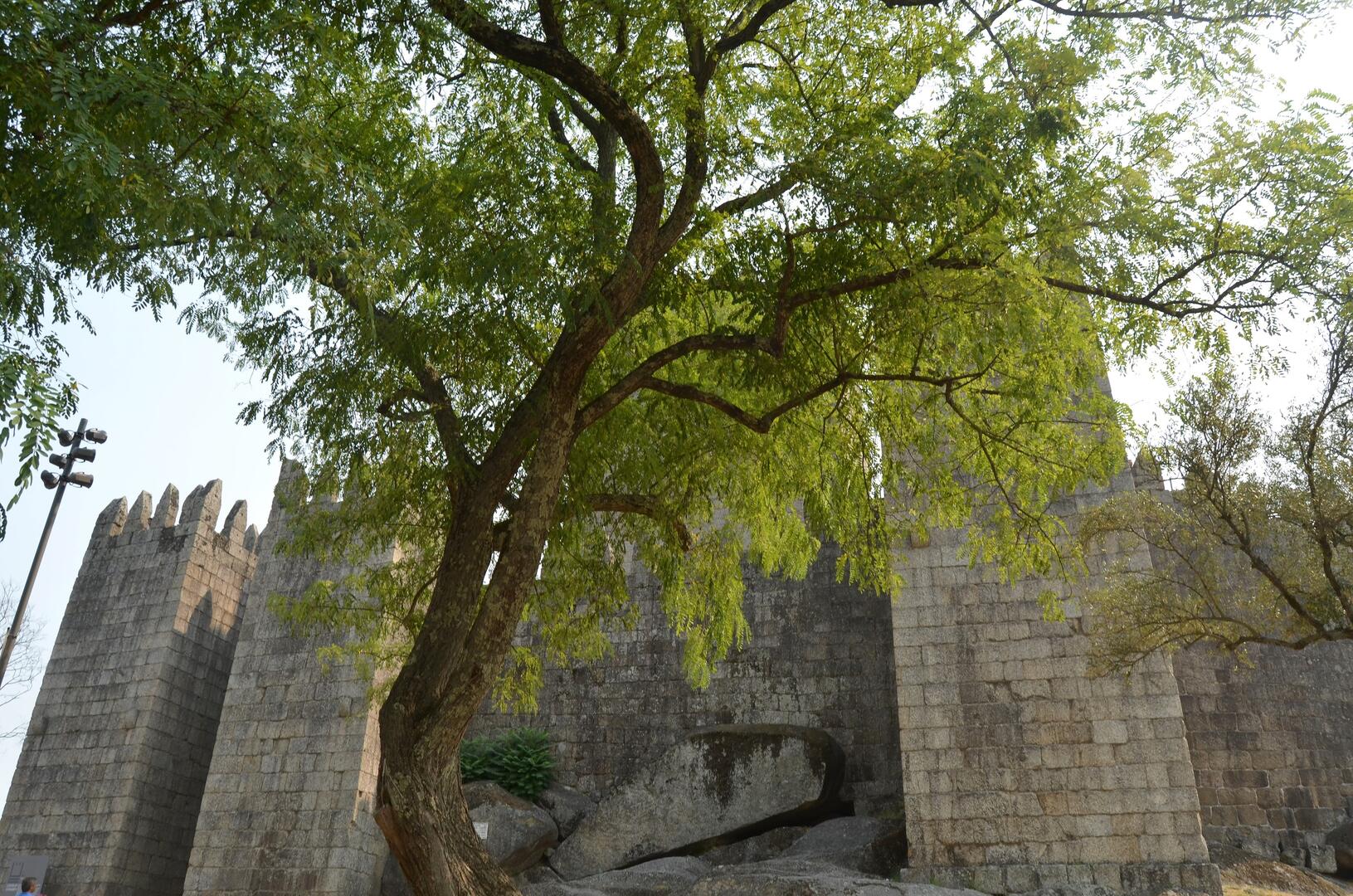Robínia / Black locust
Nome Comum / Common Name:
Robínia / Black locust
Nome Científico / scientific name:
Robinia pseudoacacia L.
Família / Family:
Fabaceae
Ordem / Order:
Fabales
Sub-classe / Sub-class:
Rosidae
Classe / Class:
Magnoliopsida
Descritor / Descriptor:
L.
Distribuição Geral / Main Distribution:
Este/Centro e Norte da América; naturalizada Europa, Norte e Sul de África, Ásia temperada, Austrália, Nova Zelândia, Canadá e América do Sul / EC and North América; Europe, North and South Africa, temperate Asia, Australia, New Zeland, Canada and South America
Época Floração / Flowering time:
abril-julho / April-July
História e aplicações:
O nome científico e epíteto genérico utilizado para designar a Robínia, é dedicado ao jardineiro Jean Robin, que foi o primeiro a cultivar esta árvore na Europa. Esta espécie foi transferida do seu habitat natural, inicialmente para França para o Jardim Real de Paris, estendendo-se depois para Barcelona e mais tarde para Madrid, onde foi plantada no antigo Jardim Botânico. Em Portugal é classificada como espécie invasora (listada no anexo I, do Decreto-Lei n° 565/99, de 21 dezembro), sendo proibido, por decreto lei, a sua propagação. As flores da acácia-bastarda (Robinia pseudoacacia) de odor e sabor agradável, são comestíveis; com elas preparava-se antigamente uma água destilada à qual se atribuíam propriedades anti- -histéricas. A madeira, que cortada adquire uma cor cinzento-dourada, é pesada, dura e bastante firme, pelo que se utiliza no fabrico de postes, em carretaria, em apetrechos de lavoura e para tornear, apesar de ser um pouco difícil de trabalhar. Ao secar, tende a deformar-se e racha-se com alguma facilidade. Foi utilizada no passado na construção de edifícios sendo também referido que a madeira desta árvore era a mais presente nos edifícios de Boston no século XVIII.
History and applications:
The scientific name and generic epithet used to designate the Black Locust, Robinia, is dedicated to the gardener Jean Robin, the first to grow this tree in Europe. This species was initially transferred from its natural habitat to France – for the Royal Gardens of Paris – and later to Barcelona and then Madrid, where it was planted in the old Botanical Garden. In Portugal it is classified as an invasive species (listed in 1st Annex of the Decree No. 565/99 of December 21), so it is forbidden by law to plant this tree. The fragrance of the Black Locust flowers (Robinia pseudoacacia) is pleasant, and the petals are edible. Formerly, the flowers were used to prepare distilled water to which were attributed anti-hysterical properties. The wood, when cut, acquires a grey-golden colour; it is heavy, hard and very firm and, despite being somewhat difficult to work with, it is used in the manufacture of poles, farming gear and for lathe. When dry, it tends to deform and to crack up with some ease. It was used, in the past, in buildings and it is said that the wood of this tree was the most common in Boston buildings during the 18th century.



